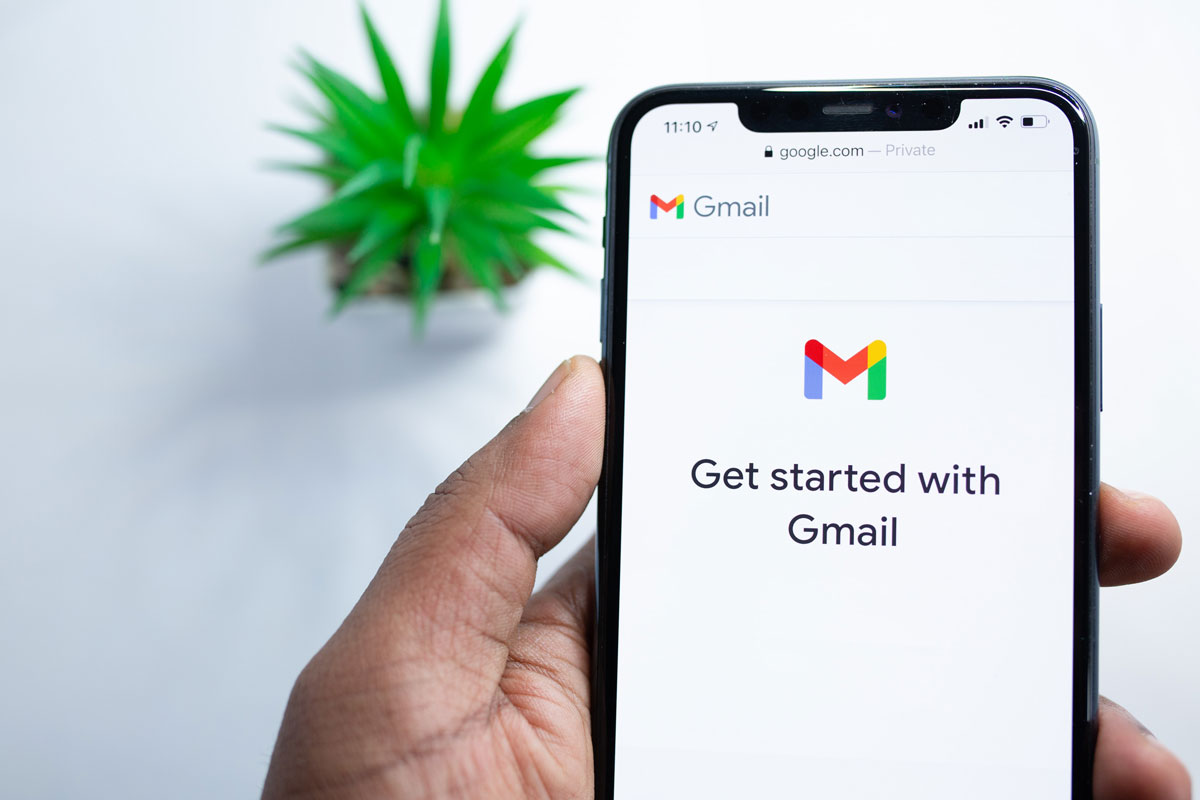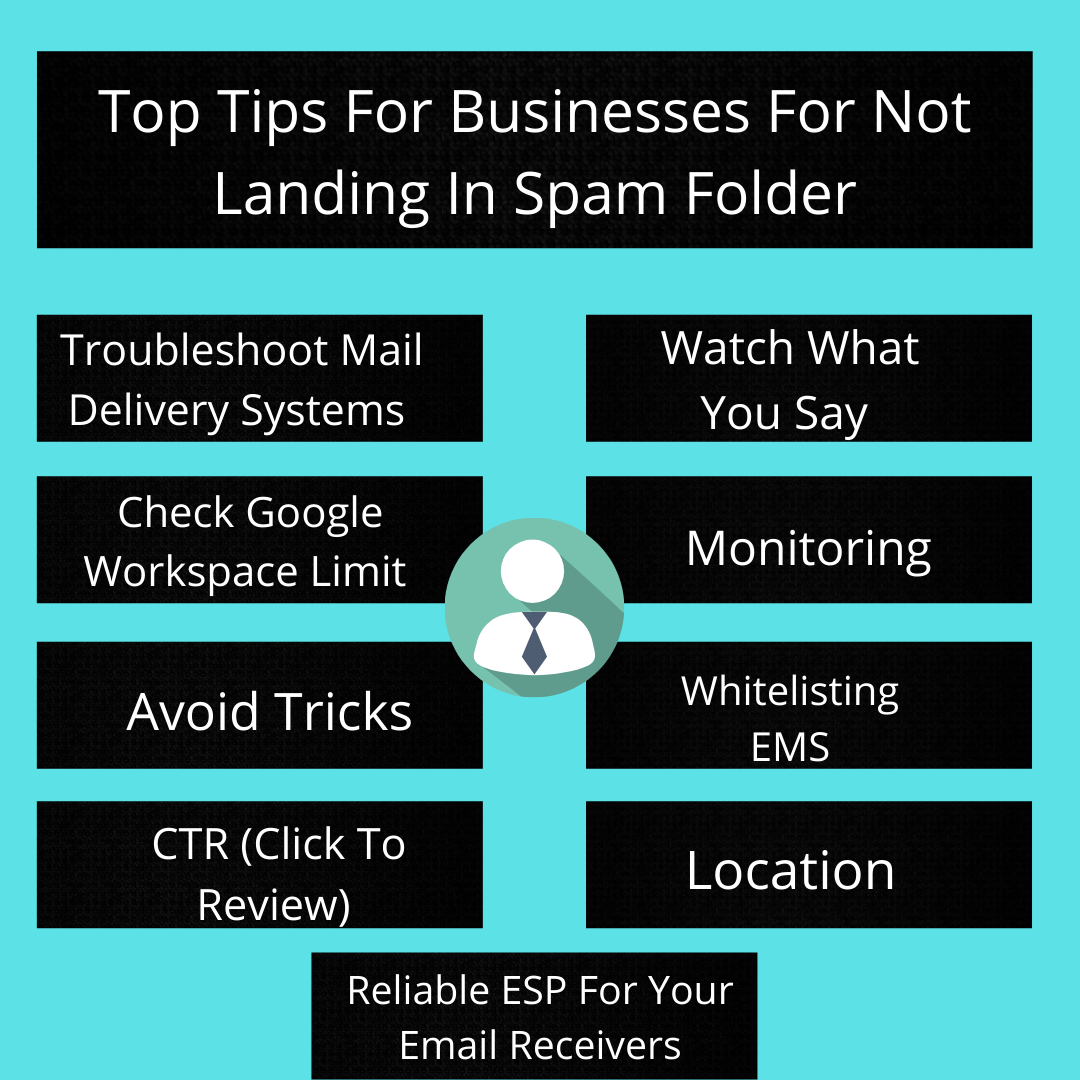
After months of dedicated marketing research, careful email planning, and executions of strategies, businesses expect to receive tons of responses and more significant sales in return. But what happens if the intended targets never receive your sent emails. What if they never got to find out which campaigns you recently launched or in which services you excel. Daunting right!
The natural question bound to arise in one's mind is if your audience isn't receiving your messages, where is all the news going? The possible answer could be the Spam folder.
Any message that Google determines as suspicious or unsolicited gets moved into the Spam Folder. Result? The audience cannot identify your brand as a genuine service provider, and they don't even bother clicking your emails. A more critical problematic issue is understanding the factors that prompt Google to flag any email as Spam.
Don't worry! All your queries will be answered. Stay with us.
All the undesired messages that the individuals receive without the beneficiary's authorization end up in the spam folder. Google even labels all the email to Gmail spam messages with reasons for being marked as Spam.
As users receive dozens of messages in a day, nobody has the time to sit and sift the notifications for all we know, let alone check the spam folder. But is it that time-consuming? No. it isn't. Following are the simple ways in which you can segregate what spam emails look like without wasting time:
In increasing cyber crimes, Google support does its best by blocking all the spam messages automatically through its installed filters. However, as an educated audience, it is vital for users to be aware of the Factors that motivate Google to flag a message as Spam. The following points cover all the logical explanations along with examples to break even the process:

Spammers send many unwanted emails in the disguise of subscriptions or promotional offers to trick the users and get them to click attachments leading to spam. Additionally, hackers and cybercriminals constantly track user activities to ultimately fill up beneficiaries' inboxes so that they can't figure out important security alerts from the pile of bulk emails. Can-SPAM Act
The CAN-SPAM Act is a law that sets the rules for commercial email services, establishes requirements for commercial messages, and gives recipients the right to have you stop emailing them. Failing to follow the CAN-Spam compliant act can land businesses in penalties for violations.
Now that we have understood what spam emails are? Why Google labels a message as spam? And how to identify spam messages? It is time for you to note down the following tips if you want to stay in your audience’s inbox instead of the spam folder:

Mail delivery systems can face troubleshooting in two ways. First- the business cannot send messages to customers, and second, the consumer isn't receiving the messages.
Spam channels examine your content. Businesses should use simple keywords to improve deliverability. Read the blog to know 5 Ways To Ensure Customers Open Your Emails . Moreover, they should restrict using words like- free, buy now, promotion, and so on—as it diminishes the probability of your messages arriving in the spam organizer. Instead, it would help if you follow these valuable points :
Official businesses often create separate ids for their employees at school, which the recipient applies in different Google Workspace Domains and these domains have email sending limits. For example- Sender might send mail to users with an email address as abc.net@google.com. Although the domain is different, it has google.com as its MX record (Mail exchanger), and messages sent to these domains are added to your email limit.
While using Google Workspace, Google automatically limits that IP addresses’ sending rate when you reach the sending limit. To avoid this:
Sending messages to consumers once every few months is unfavourable for businesses as consumers may overlook you. If your prospect users neglect or perceive that you no longer offer the services, they may erase you from their email subscriptions, sign out of newsletters, damaging your "email open" rate. The worst could happen in the form of negative comments and stamping messages as Spam. There are loads of valid justifications for keeping a consistent progression of message follow-ups as opposed to depending on rare, enormous "impacts."
Businesses can track whether the mail they sent to users was received or not through Postmaster Tools. Postmaster tool can be used to:
When businesses use shared IP addresses to send messages to their customers, it can negatively affect your reputation and delivery rate. To avoid these, make sure the IP address is not blocked and monitor your IP shared addresses’ reputation through Postmaster Tools on a regular basis.
Formatting the message as per Google IFS (Internet Format Standards) increases the chances of successful mail delivery.
Email Service Providers (ESP) are evaluated as senders depending on the Internet Protocol (IP) address and customers' areas. To lessen the chances of messages getting blocked, ESPs with low scores should be avoided. It is important for businesses to obtain reliable ESPs to send messages and experience fewer restrictions in the long run. Your customers will be able to recognize you and move you to the unspam folder.
What may have been successful a year ago may no longer work. If you are a fulfilling business, you need to ensure that you are noteworthy. Thus, avoid any of the mentioned below practices to ensure hire deliverability:
Your Email Marketing Service (EMS) must ask the subscriber whether they want to receive your emails, newsletters, magazines, and offers. This signals Gmail, Yahoo Mail, Hotmail, etc., to whitelist your Internet Protocol (IP) address. That is why it's critical to send messages through a legitimate EMS rather than a personal email account. The best way to ensure whitelist mailing is to buy authentic consumer mail lists- Find Out Hoy Buying A Consumer Email List Can Help Your Business
While affirming, you should request your consumers to add your business to their location books. It is a secure method to deliver all future messages from the requirements of the spam channels. This is so natural, yet rehearsed so infrequently.
Be concise before you hit the "Send" button. Re-read the composed message for easy communication. When appearing suspicious, it might trigger Google spam filters and course your messages to garbage envelopes.
Here are some Unsafe words that you should avoid:
Mailbox suppliers like Gmail, Yahoo, Hotmail assess senders beyond the IP space. Mailbox suppliers give close consideration to your "From" field addresses. The success of message deliverability increases when the location is authentic. Organizations should avoid repeated domain changes to maintain a strategic distance from dark domain fields. Instead, adhere to a predetermined checked, conspicuous "From" field name.
In the fast pacing world, setting the right connections with the intended consumers through the suitable mediums is fundamental for successful marketing. To learn more about how we help you land in the correct email inbox every time without missing your audience, give us a call today at: 1.800.457.2899.